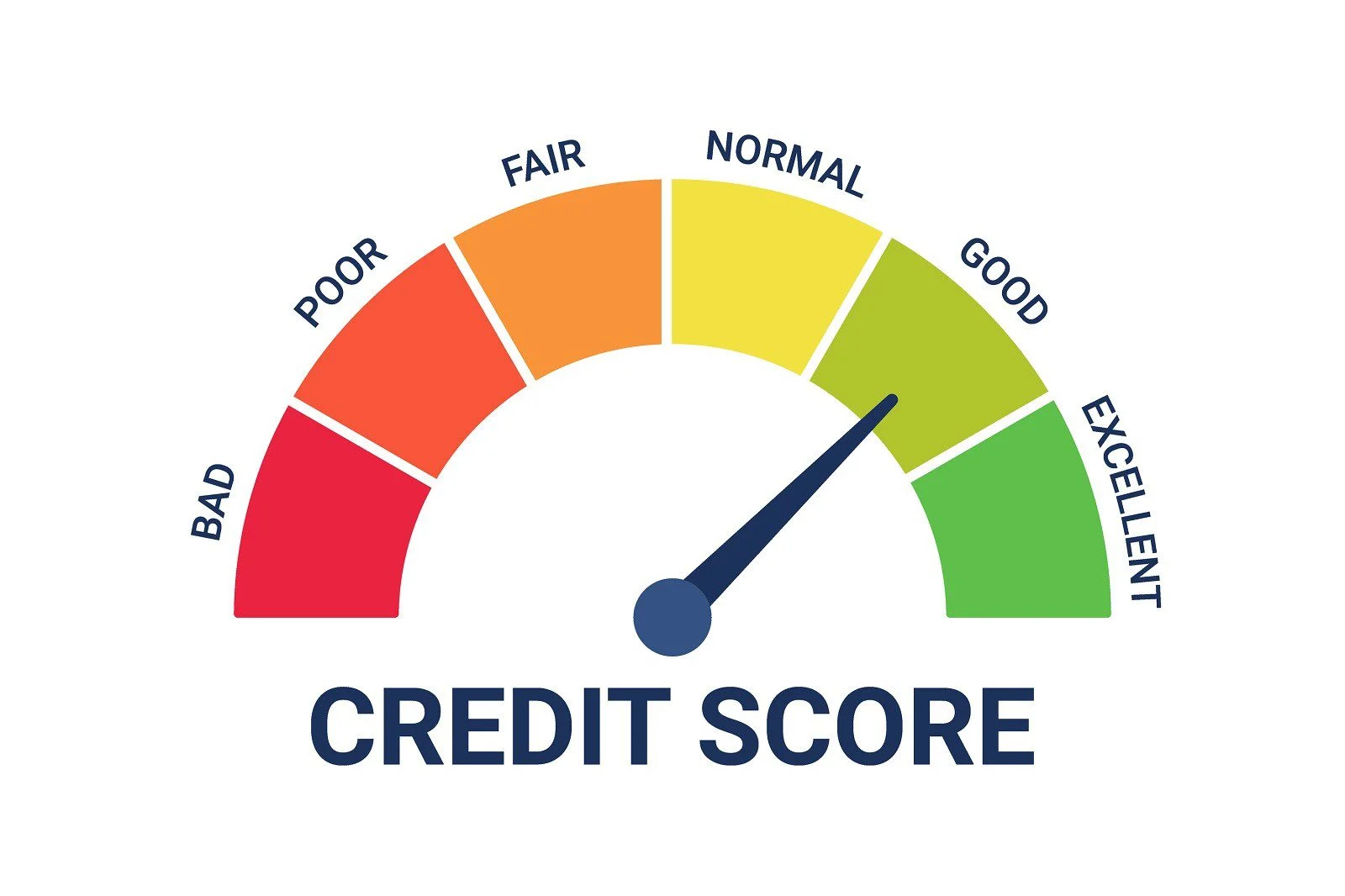
A New Pathway to Financial Inclusion; Credit-Scoring Models
The year 2005 was proclaimed by the United Nations Economic & Social Council as the international year of micro-credit. This was the year right before Muhammad Yunus, founder of Grameen Bank in Bangladesh received his noble peace prize for his work in creating economic & social development. At the time, microfinance was perceived as a strong enabler for people in developing countries to gain access to capital and accordingly achieve a more sustainable improvement in income. This model has proved successful during the 1970 - 80 period in Bangladesh and East Asia at large.
